Table of content
Chestnuts, often referred to as the “bread of the forest,” have been a culinary delight for centuries. Their sweet, nutty flavor and versatility make them a favorite ingredient in both savory dishes and desserts. However, cooking chestnuts to perfection can be tricky. Undercook them, and they remain hard and inedible; overcook them, and they turn dry and mealy. This guide explores the best methods for cooking chestnuts, focusing on boiling—a technique that preserves their natural sweetness while ensuring a tender, buttery texture. From preparation to plating, we’ll cover everything you need to know to master this seasonal treat.
Understanding Chestnuts: Types and Selection
Before diving into cooking methods, it’s essential to understand the different types of chestnuts and how to select the best ones. Chestnuts belong to the genus Castanea, and the most common varieties include European chestnuts (Castanea sativa), Japanese chestnuts (Castanea crenata), and Chinese chestnuts (Castanea mollissima). Each variety has subtle differences in flavor and texture, but the cooking principles remain similar.

When shopping for chestnuts, look for firm, glossy shells free of cracks, mold, or holes. Avoid specimens that feel lightweight or rattle when shaken, as this indicates shriveled or dried-out kernels. Fresh chestnuts should have a smooth, unbroken outer shell and a healthy, earthy aroma. Store them in a cool, dry place, such as a pantry or refrigerator, and use them within a week for optimal freshness.
Preparation: The Key to Perfectly Cooked Chestnuts
Proper preparation is non-negotiable for achieving tender, flavorful chestnuts. The most critical step is scoring the shell—a process that involves cutting a small slit or cross into the flat side of each chestnut. This serves two purposes:
- Prevents Explosions: Chestnuts, like other nuts, contain moisture that expands when heated. Scoring allows steam to escape, preventing the shell from bursting during cooking.
- Eases Peeling: A scored shell is easier to remove after cooking, ensuring you can enjoy the flesh without frustration.
Tools for Scoring:
- A sharp paring knife (ideal for precision).
- A chestnut knife (a specialized tool with a curved blade designed for this task).
- Kitchen shears (for a quicker, albeit slightly less precise, cut).
Scoring Technique:
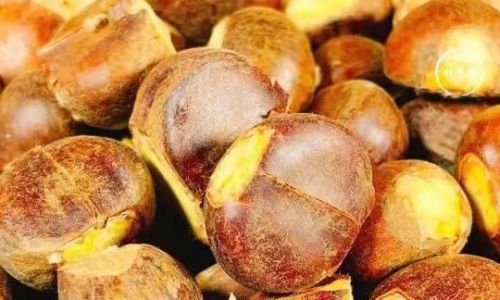
- Hold the chestnut firmly on a cutting board, with the flat side facing up.
- Using gentle pressure, cut a slit or cross into the shell, ensuring the blade penetrates the inner skin (the pellicle) but not the flesh itself.
- Repeat for all chestnuts.
Soaking (Optional):
Some chefs recommend soaking scored chestnuts in warm water for 15–30 minutes before cooking. This hydrates the shells, making them easier to peel and reducing cooking time. While not mandatory, this step can yield slightly softer results.
Boiling Chestnuts: The Foolproof Method
Boiling is arguably the simplest and most reliable way to cook chestnuts. It requires minimal equipment and consistently produces tender, moist kernels. Here’s a step-by-step guide:
Ingredients and Equipment:
- 1 pound fresh chestnuts (scored as described).
- 4–6 cups water (enough to submerge the chestnuts).
- 1 tablespoon salt (optional, enhances flavor).
- A large pot with a lid.
- A slotted spoon or colander.
- A kitchen towel (for handling hot chestnuts).
Instructions:
-
Prepare the Pot:
Fill the pot with water, add salt (if using), and bring to a rolling boil over high heat. The salt is optional but helps season the chestnuts and slightly lowers the water’s boiling point, aiding even cooking. -
Add the Chestnuts:
Carefully lower the scored chestnuts into the boiling water. Ensure they are fully submerged.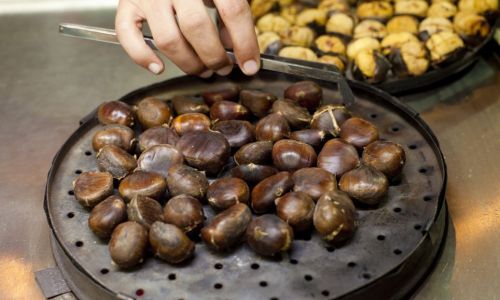
-
Cook:
Reduce the heat to medium-low, cover the pot, and simmer for 20–25 minutes. The exact time depends on the chestnuts’ size and freshness. Larger kernels may require up to 30 minutes. -
Test for Doneness:
Remove one chestnut using a slotted spoon and allow it to cool slightly. Peel back the shell and pellicle—if the flesh is tender, golden, and easy to remove, they’re done. If resistant, return to the pot and cook for 5-minute intervals. -
Drain and Peel:
Drain the chestnuts in a colander and transfer them to a kitchen towel. Wrap them gently to keep warm. Peel while still hot, as the shells and pellicles will adhere less once cooled.
Tips for Boiling Success:
- Use a Timer: Overcooking leads to mushiness. Set a timer and start checking at the 20-minute mark.
- Peel Immediately: Chestnuts are easiest to peel when hot. If they cool, reheat them briefly in the microwave or oven to loosen the shells.
- Save the Cooking Liquid: The nutrient-rich water can be used as a base for soups, stews, or broths.
Roasting Chestnuts: A Classic Alternative
While boiling is excellent for softness, roasting imparts a smoky, caramelized flavor that’s hard to resist. This method is ideal for standalone snacks or garnishes.
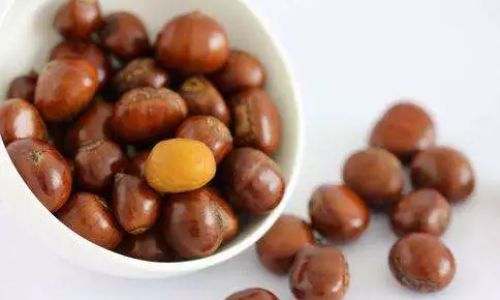
Oven-Roasting Instructions:
- Preheat the oven to 425°F (220°C).
- Place scored chestnuts on a baking sheet in a single layer.
- Roast for 15–20 minutes, shaking the pan occasionally.
- Peel while hot.
Open-Fire Roasting:
For a rustic touch, roast chestnuts over an open flame (e.g., a grill or fireplace). Use a perforated pan or foil packet to prevent burning, and cook for 10–15 minutes, turning frequently.
Advanced Techniques and Flavor Variations
Pressure Cooking:
For speed, use a pressure cooker. Add scored chestnuts and 1 cup water, then cook on high pressure for 8–10 minutes. Quick-release the pressure and peel immediately.
Microwaving:
Place scored chestnuts in a microwave-safe dish with ¼ cup water. Cover and microwave on high for 3–4 minutes. Let stand for 2 minutes before peeling.
Flavor Infusions:
- Sweet: Add a cinnamon stick, vanilla bean, or honey to the boiling water.
- Savory: Simmer chestnuts in broth with herbs like thyme or rosemary.
Recipes to Try
Classic Boiled Chestnuts with Butter and Herbs
- Ingredients: Boiled chestnuts, 2 tablespoons melted butter, 1 teaspoon chopped rosemary, salt, pepper.
- Instructions: Toss peeled chestnuts in butter and herbs. Season to taste and serve warm.
Roasted Chestnut and Mushroom Soup
- Ingredients: Roasted chestnuts, mushrooms, onions, garlic, vegetable broth, cream.
- Instructions: Sauté vegetables, add broth and chestnuts, simmer, then blend until smooth. Finish with cream.
Chestnut Stuffing for Poultry
- Ingredients: Boiled chestnuts, breadcrumbs, celery, onions, sage, thyme.
- Instructions: Mix ingredients, stuff into turkey or chicken, and roast.
Troubleshooting Common Issues
- Shells Won’t Peel: Soak cooled chestnuts in hot water for 5 minutes to loosen the pellicle.
- Mushy Texture: Reduce cooking time next batch.
- Hard Centers: Ensure thorough scoring and extend cooking by 5-minute increments.
Nutritional Benefits of Chestnuts
Chestnuts are a nutritional powerhouse, offering:
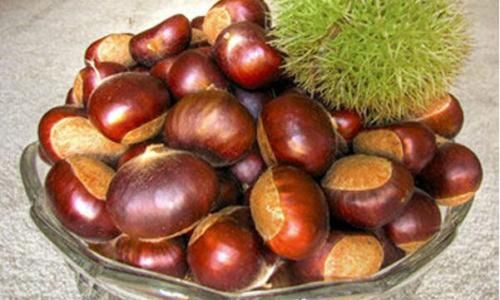
- Fiber: Aids digestion and promotes satiety.
- Vitamins: Rich in vitamin C, B vitamins, and folate.
- Minerals: High in potassium, magnesium, and copper.
- Low Fat: Unlike other nuts, chestnuts are low in fat and calories, making them a guilt-free indulgence.
Storing Cooked Chestnuts
- Refrigerator: Store peeled chestnuts in an airtight container for up to 4 days.
- Freezer: Freeze cooked chestnuts for up to 6 months. Thaw at room temperature before reheating.
Conclusion
Cooking chestnuts is an art that rewards patience and precision. Whether you prefer the simplicity of boiling, the smokiness of roasting, or the speed of pressure cooking, mastering these techniques ensures a delightful culinary experience. Experiment with flavors, pairings, and recipes to discover your favorite way to enjoy this seasonal treasure. With practice, you’ll soon be peeling chestnuts effortlessly and savoring their sweet, buttery flesh in every bite.
So, grab your apron, sharpen your knife, and embark on a journey to chestnut perfection—your taste buds will thank you.

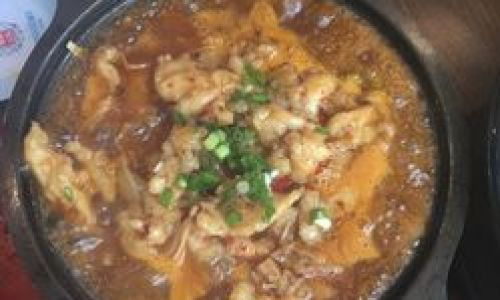
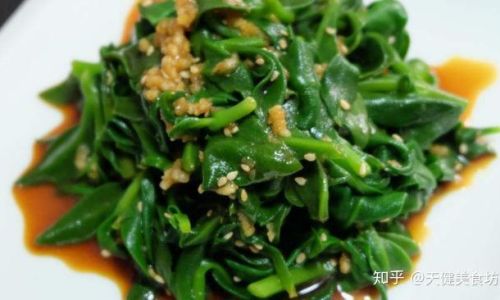

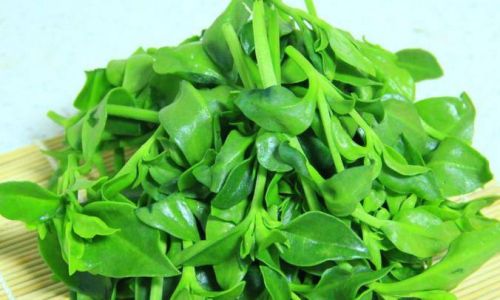
0 comments